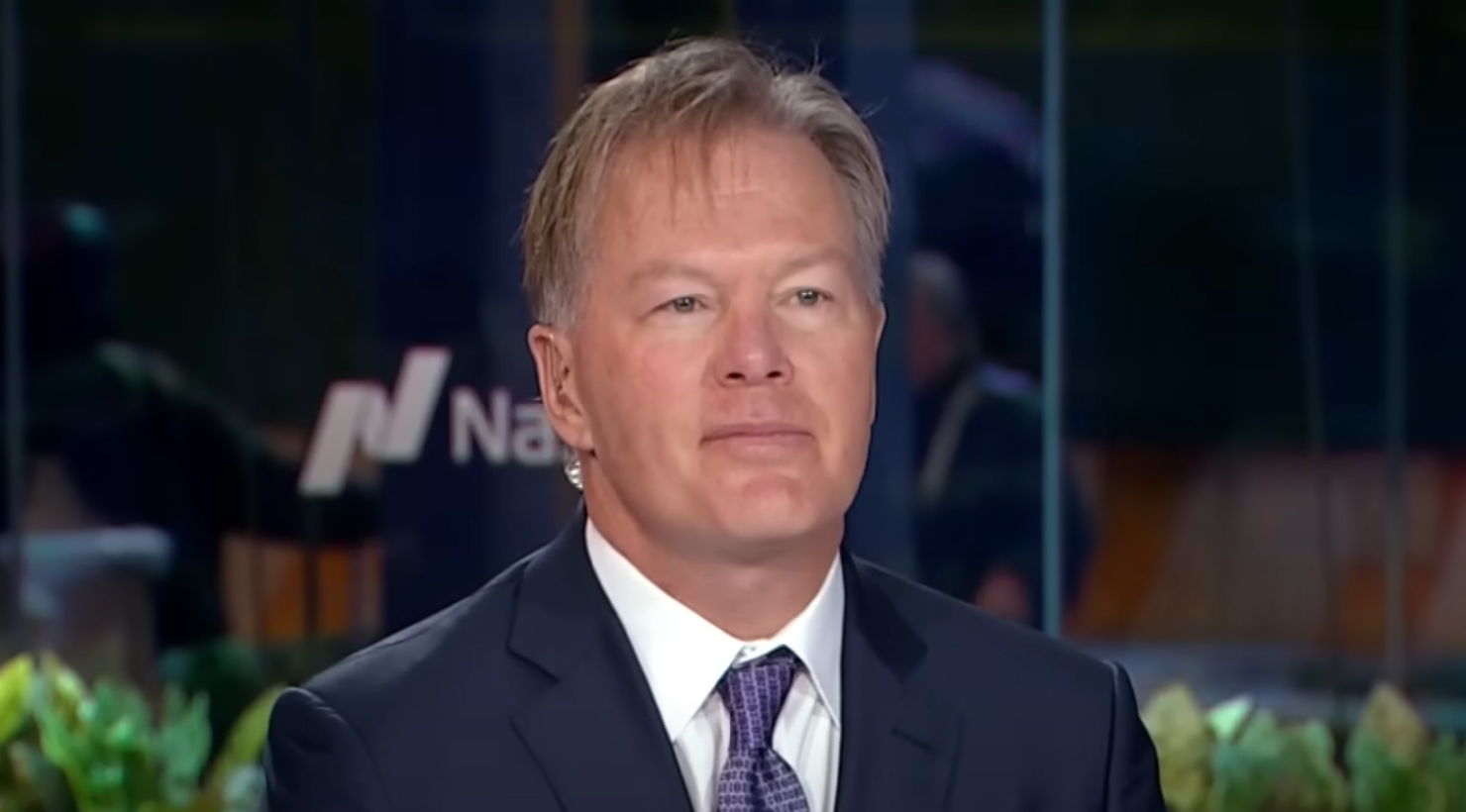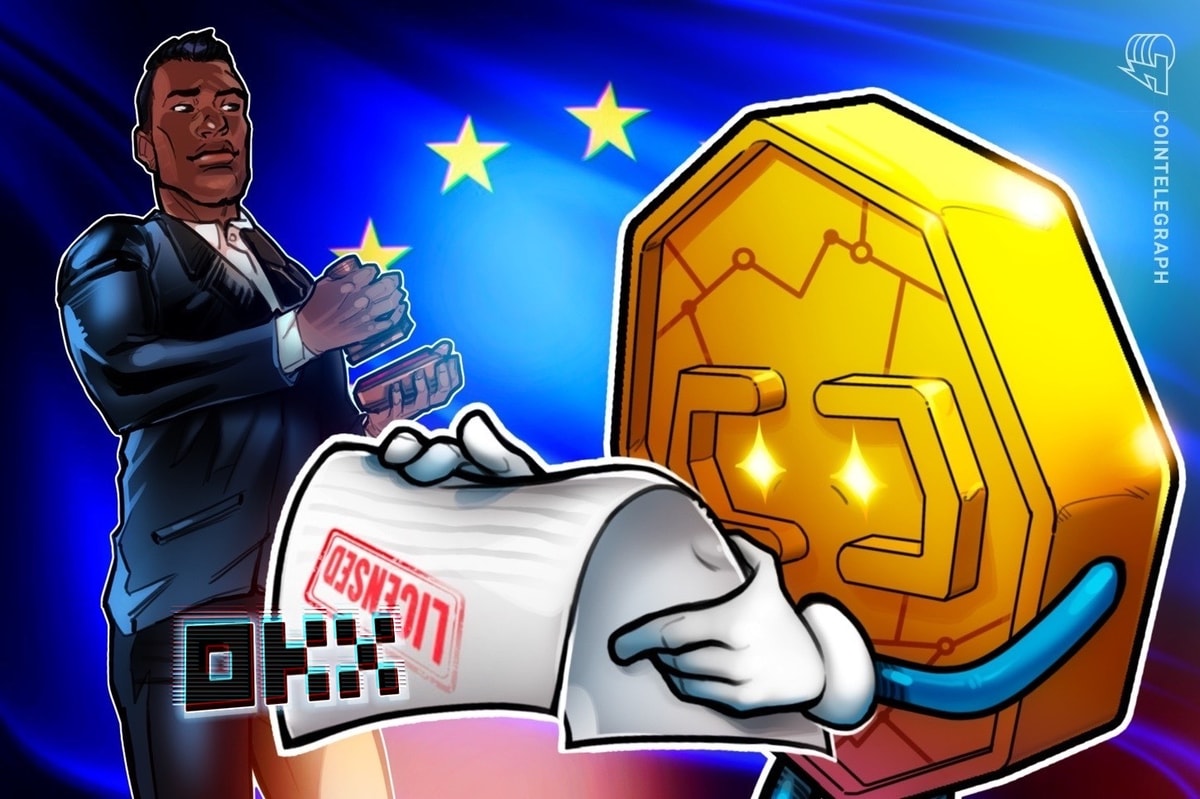Elon Musk‘s most recent proposal to run parts of the US government on blockchain has garnered worldwide interest. The crypto community might not technically validate the idea, but they have accepted it warmly. The people backing the proposal believe blockchain could bring transparency and efficiency to governance. Nevertheless, the plan faces several obstacles.
What Is the Idea?
The concept is to place government spending and administrative processes on a blockchain network. This system would allow transparent tracking of government expenditures. Every transaction would be recorded on a tamper-proof ledger, visible to auditors, regulators, and the public.
Key Benefits:
- Transparency: Every transaction can be viewed in real-time.
- Reduced Corruption: Harder to manipulate funds.
- Efficiency: Automated processes through smart contracts.
- Decentralization: Power is distributed rather than concentrated.
Examples from Other Countries
Some countries have already experimented with blockchain in government services. Two notable examples are Estonia and the European Blockchain Services Infrastructure (EBSI).
Country | Blockchain Type | Purpose | Decentralization Level |
Estonia | Proprietary | Digital services and records | Limited |
EBSI (Europe) | Hyperledger BESU | Cross-border services | High |
Estonia began using blockchain in 2008 for secure digital services. However, critics argue that Estonia’s system is not fully decentralized.
EBSI is a more decentralized model where each member state runs its own node. This allows countries like France, Slovenia, and Denmark to participate equally without central authority control.
Could the US Use Blockchain?
A US blockchain network could follow the EBSI model. Each state could run its own node, ensuring decentralization and protecting state sovereignty. This setup could streamline processes such as:
- Tax collection
- Social benefits distribution
- Public procurement
However, the transition would not be simple. Government systems handle vast amounts of data, requiring highly scalable blockchain networks.
Challenges Ahead
Despite its potential, the plan faces several obstacles:
- Political Resistance: Government officials may resist transparent systems.
- Technical Scalability: Current blockchain solutions might struggle to handle high transaction volumes.
- Privacy Concerns: Some information cannot be made fully public.
- Legacy Systems: Migrating existing systems to blockchain would take time and resources.
The Role of Smart Contracts
Smart contracts could automate many government processes. These self-executing contracts could ensure funds are spent only on approved projects. However, writing complex smart contracts is not always straightforward. Unforeseen situations might require human intervention.
Elon Musk’s idea to govern on blockchain has the potential to transform public administration. Decentralization, transparency, and efficiency can boost confidence in government administrations. But it would require surmounting political, technological, and pedagogical hurdles.
If the US follows the examples of Estonia and EBSI, the concept could become a reality. But for now, it remains a bold vision facing an uphill battle.
Remember, investing in cryptocurrencies involves risks, and it’s important to conduct thorough research and seek professional advice before making any financial decisions. (Please keep in mind that this post is solely for informative purposes and should not be construed as financial or investment advice.)

















 English (US) ·
English (US) ·